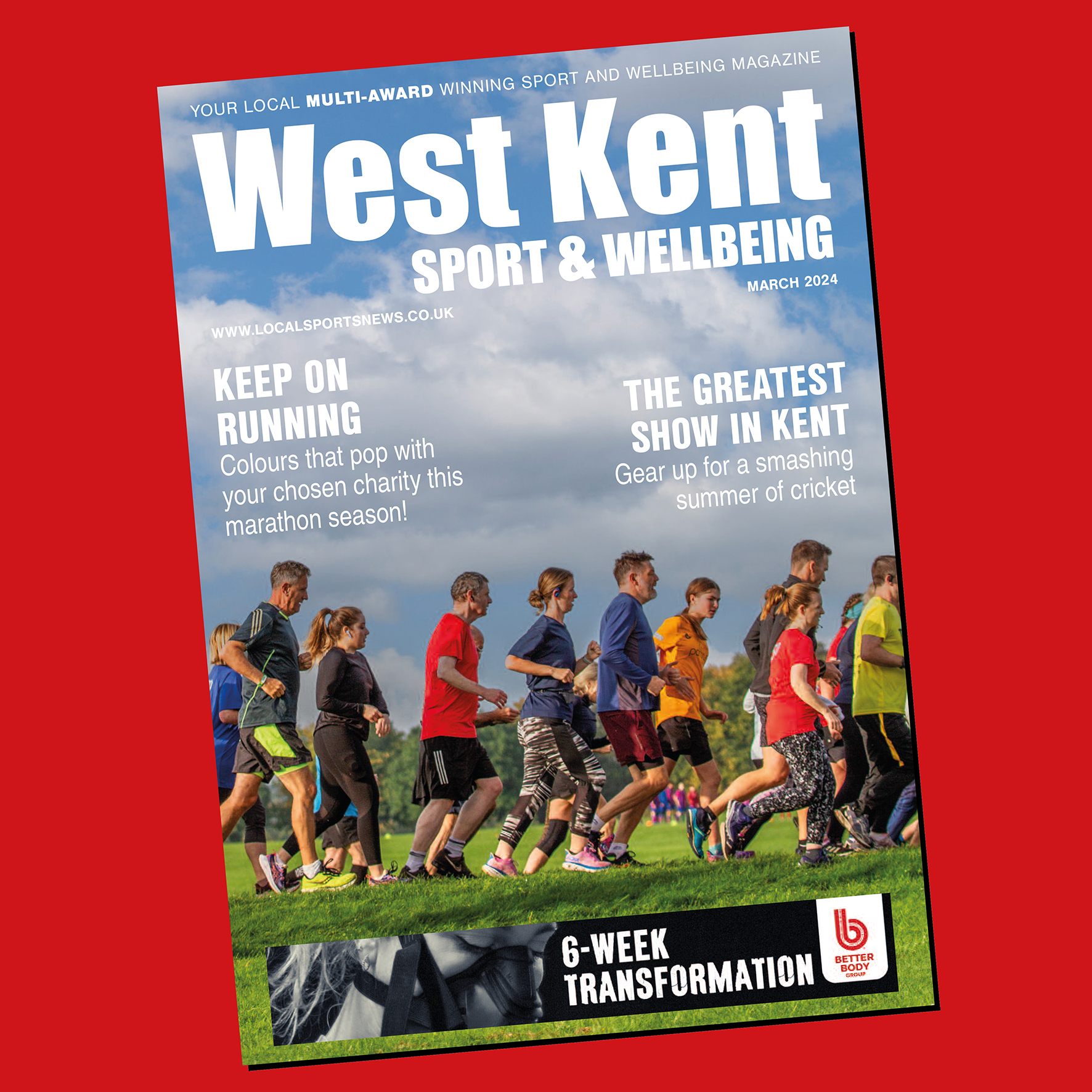We have very much championed the multi-sport athlete here at ‘WWPIS’ and encouraged many parents to help facilitate this path for their children and the latest research has shown even more benefits to not focussing on just one sport at a young age.
As we have stressed before, unless your child is competing in recognised early specialisation sports such as gymnastics or diving, the science is now giving us a picture that children who have participated in a range of different sports in their formative years not only have more chance of becoming an elite athlete but also have more chance of finding a sport that they truly love and will continue to participate in throughout adulthood.
Playing multiple sports can help expand your skills set, prevent injury from overusing a particular body part, avoid burnout, and introduce you to different people and perspectives.
Research by the US Olympic committee showed that US Olympians were involved in an average of three sports a year up until the age of 14.
South African rugby data shows that only a small percentage of those involved in the school’s rugby cup at under 13 level end up playing in the same competition five years later as an under 18.
The biggest issue for children who participate in a single sport all year round, is the major risk of dropping out of sports altogether due to sheer boredom as well as the injury risk associated with the same repetitive movements and actions.
As sport has become more and more accessible, in some form or another to younger children, many of the building blocks that allow children to perform well are being forgotten. Time needs to be spent developing basic coordination, through running, jumping, hopping, landing, falling, skipping, catching and kicking. If a child only does one sport it is highly unlikely that enough attention will be paid to or be able to cater for all of these movements.
In fact, what has been forgotten in many of these cases is unstructured play. Children are no longer being sent out into the garden to rag around, encouraged to climb trees and build dens as well as making up their own games. We have all become too dependent on structured, organised play.
Our own experience here is that many parents will tell us that their child only likes one sport, but we truly challenge them and say, ‘Is that really the case?’, ‘have you really given them the chance to do other sports?’ and ‘have you committed the time to allow them to potentially fall in love with another sport other than the one they currently play?’
Sometimes our message to parents goes unheeded but we at least try to get them to have a break at the end of the season to allow the body and mind of their child to recover as opposed to them hammering away with their child month after month, year after year.
The points we have made before are well documented, but the latest research has shown even more surprising results.
In a report from the Women’s Sports Foundation Teen Sport in America: Why participation matters there appears to be even more evidence of why parents should do all that they can to allow their child to follow the multi-sport path.
One major finding of the report was that teens who participated in two or more sports were much more likely to have healthier behaviours than those who participated in just one sport. The majority (62%) of those playing multiple sports exercised vigorously each day, compared to 39% of those who just played one sport.
You may think that those who played multiple sports got less sleep because they are busier. But you’d be wrong. A larger percentage (37% versus 32%) of multiple sports players got at least 7 hours of sleep. Similarly, more (44% versus 38%) ate breakfast every day. Oh, and players of multiple sports were and less likely to smoke (13.4% versus 15.0%) and more likely to eat green vegetables (45.4% versus 40.0%) and fruits (57.3% versus 47.5%) every day.
It went on to find that multi-sport athletes were more likely to average an A or A- in school (39.4% versus 36.7%), graduate from a four-year college (65.4% versus 64.0%), and attend graduate or professional school (26.1% versus 25.8%).
Of note, the WSF analysis found that all of these numbers were better for those who played one sport versus those who played no sports. So don’t abandon all sports just because you can’t play more than one.
The report also found that they rated significantly higher in self-esteem, self-efficacy, and social support but lower in fatalism, loneliness, and self-derogation than those who focused on one sport. If you don’t know the term self-derogation, don’t beat yourself up. It means unrealistically disparaging yourself or mocking yourself and arises from an inappropriately low opinion of yourself.
Overeager parents and coaches may think that focusing a child on one sport as early as possible can make him or her the next Serena Williams, Tiger Woods or Lionel Messi but the positive connotations of multi-sport participation far outweigh the negatives based on a miniscule percentage that ultimately end up as an Olympic athlete or professional sportsman or women.
Variety has to remain the spice of life, children are often not in the position to make these choices, but we certainly are as parents to weigh up the pro’s and con’s and deliver them a sporting programme that gives them every chance of long-term success, potentially even to reach the very highest levels, but always an opportunity to find a sport or sports that they truly love leading to lifelong affinity and participation.
• About the author: Gordon MacLelland is the CEO and founder of Working with Parents in Sport, which supports parents and coaches in working together to provide children with the best possible sporting experiences. To find out more about their work please visit www.parentsinsport.co.uk.






